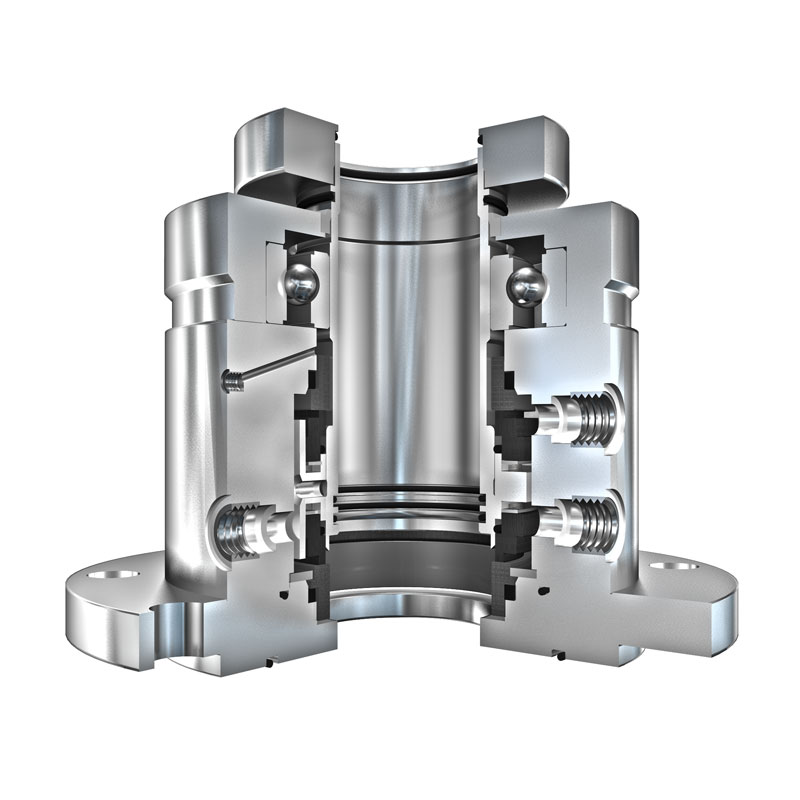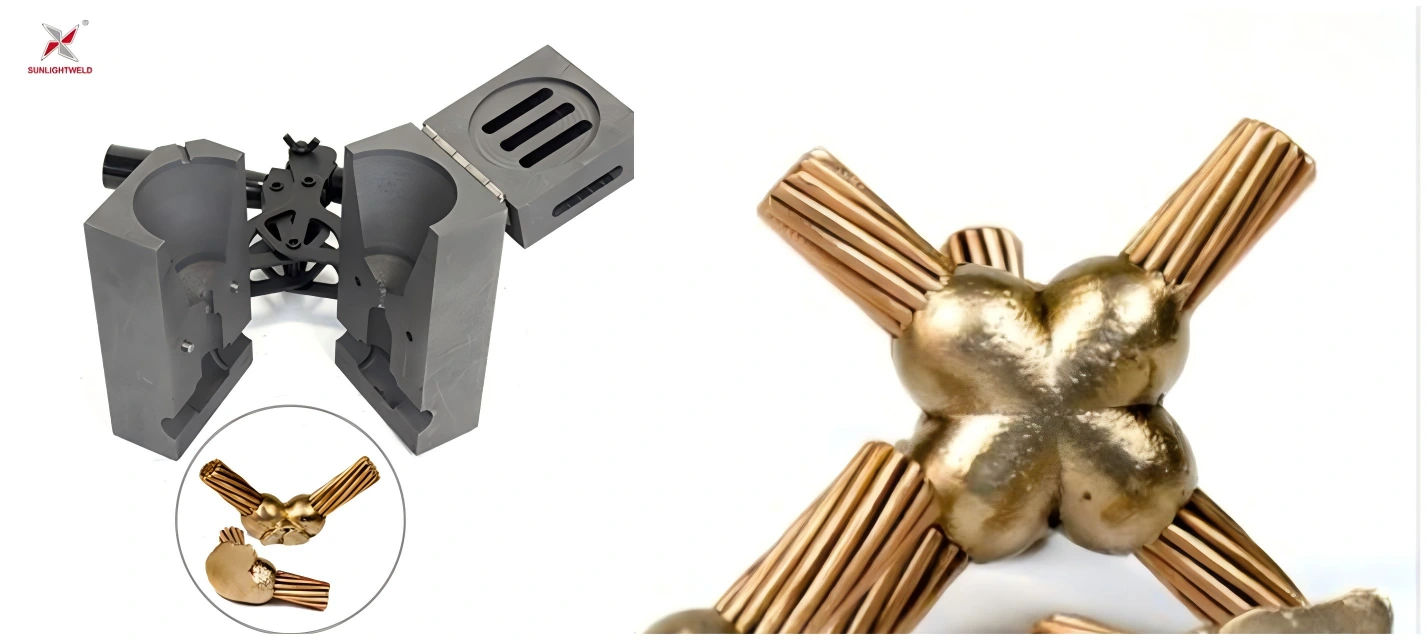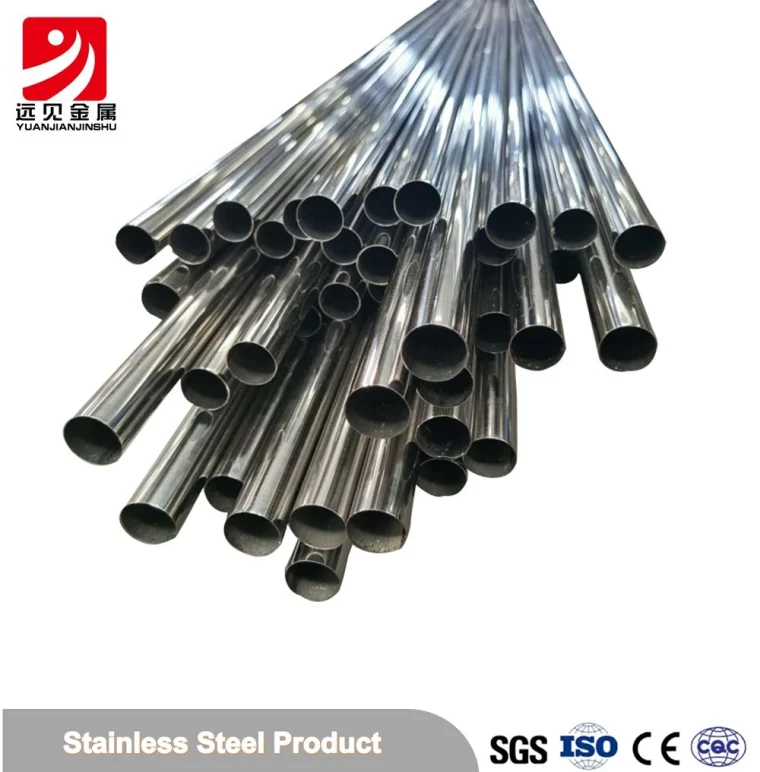
Mechanical seals are critical components in many industrial applications, including pumps, compressors, and mixers. They are designed to prevent the leakage of fluids and gases from the equipment, ensuring safe and efficient operation. A mechanical seal consists of two main parts: the stationary component and the rotating component. In this article, we will explore these two components in detail and their importance in mechanical seal design.
The Stationary Component
The stationary component of a mechanical seal is typically mounted on the equipment housing or casing and remains stationary during operation. It is designed to provide a static seal between the equipment and the rotating component of the mechanical seal. The stationary component consists of two main parts: the seal face and the gland.
The seal face is the part of the stationary component that comes into contact with the rotating component of the mechanical seal. It is typically made of a hard, wear-resistant material such as ceramic or tungsten carbide. The seal face is designed to maintain a tight seal with the rotating component, preventing the leakage of fluids or gases.
The gland is the part of the stationary component that holds the seal face in place and provides a means of adjusting the seal face position. It is typically made of a softer material such as carbon or graphite and is designed to provide a cushioning effect between the seal face and the rotating component. The gland also provides a means of adjusting the seal face position to compensate for wear or misalignment.
The Rotating Component
The rotating component of a mechanical seal is typically mounted on the rotating shaft of the equipment and rotates with the shaft during operation. It is designed to provide a dynamic seal between the equipment and the stationary component of the mechanical seal. The rotating component consists of two main parts: the seal face and the spring.
The seal face of the rotating component is designed to maintain a tight seal with the stationary component, preventing the leakage of fluids or gases. It is typically made of the same hard, wear-resistant material as the stationary seal face.
The spring is the part of the rotating component that provides the necessary force to maintain contact between the seal faces. It is typically made of a corrosion-resistant material such as stainless steel and is designed to provide a constant force on the seal faces, ensuring a tight seal.
Conclusion
Mechanical seals are critical components in many industrial applications, and their proper design and operation are essential for safe and efficient equipment operation. Understanding the two main components of a mechanical seal, the stationary component, and the rotating component, is crucial for selecting the right seal for a particular application and ensuring its proper installation and maintenance. By selecting the right mechanical seal and maintaining it properly, equipment operators can ensure safe and efficient operation, reduce downtime, and extend equipment life.



